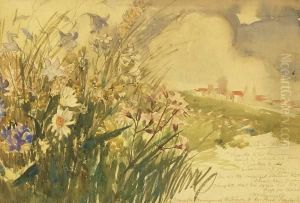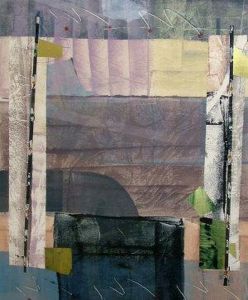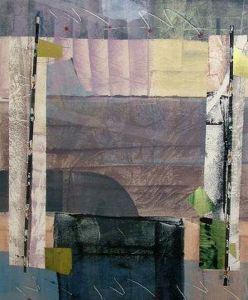Marietta Minnigerode Andrews Paintings
Marietta Minnigerode Andrews was an American artist, writer, and educator known for her contributions to the arts during the late 19th and early 20th centuries. Born on December 2, 1869, in Richmond, Virginia, she was raised in an environment that fostered her creative talents from an early age. Her father was a lawyer and her mother came from a family with artistic interests, which may have influenced her pursuit of the arts.
Andrews' early education included private tutoring and attendance at various schools, but it was her artistic training that set the foundation for her future career. She studied art in the United States at the Corcoran School of Art in Washington, D.C., and later traveled to Europe to further her studies. There, she attended the Académie Julian in Paris, a prominent art school that admitted women and became a hub for American artists abroad.
Upon her return to the United States, Andrews became an active participant in the Washington, D.C. arts scene. She was known for her delicate watercolor paintings, which often featured floral subjects, as well as for her portraiture and illustrative work. Her artistic style was characterized by a blend of realism and impressionism, and she was particularly skilled in capturing the essence of her subjects with sensitivity and depth.
Beyond her visual arts practice, Andrews was an accomplished writer and published several books. These included works of fiction, such as 'The Perfect Tribute', which became quite popular, and nonfiction, such as 'The Eternal Feminine', a series of profiles of famous women. Her writing often reflected her interests in history and the role of women in society.
As an educator, Andrews was dedicated to nurturing the talents of young artists. She taught at the Corcoran School of Art and also offered private lessons. Her influence extended to her support for arts organizations and her active involvement in the Washington Water Color Club, where she served in various capacities, including as president.
Marietta Minnigerode Andrews passed away on March 25, 1931, leaving behind a legacy of artistic and literary contributions. Her work continues to be appreciated for its technical skill and the unique perspective she brought to the subjects she portrayed.


